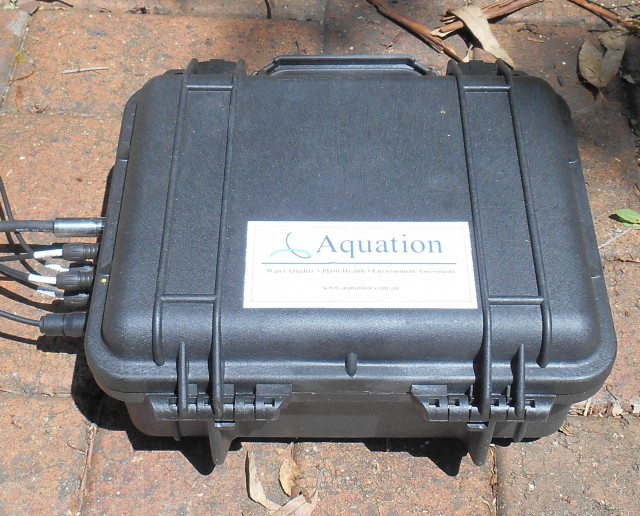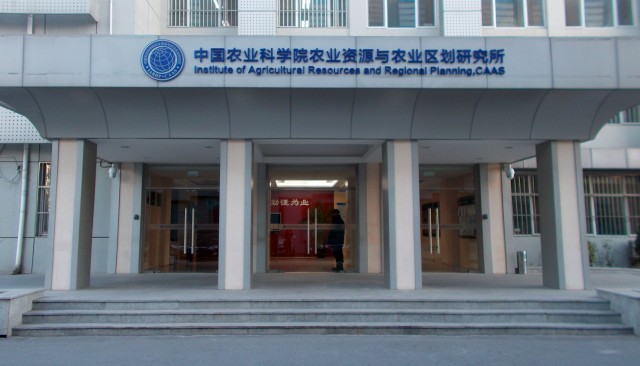Dr Andrea Anton, of the Red Sea Research Center, King Abdullah University of Science and Technology, Thuwal, Saudi Arabia, recently published a comprehensive study examining iron deficiency in seagrasses and macroalgae in the Red Sea. The research used Shutter Fluorometers to characterise physiological performance under different iron regimes. Anton et al. 2018
Read MoreA article for the International Society for Applied Phycology Dr John Runcie explains the fundamentals of photophysiology and the use of modulated “PAM” fluorometers in the assessment of micro- and macro-algae photosynthesis. The discussion covers a few commonly used photophysiological parameters with a focus on how these parameters can used in applied phycology. While the…
Read MoreAquation has developed a fluorescence-based pH monitoring device suitable for measuring seawater carbonate chemistry in marine and estuarine waters. It measures seawater pH, electrical conductivity (salinity) and temperature. The device is fully autonomous and is designed for deployment for weeks to months, depending on measurement frequency. Advantages of this device include: pressure insensitive optical measuring…
Read MoreWith the International Coral Reef Symposium meeting in Honolulu later this year, we thought it is a good time to illustrate how Aquation Shutter Fluorometers can be used to measure coral health. As you can see in the images, the Shutter Fluorometer is positioned adjacent to, or over, a coral. Most of the time the…
Read MoreSydney Harbour Ferry Monitoring System is temporarily offline. When operating it measures dissolved oxygen, temperature, conductivity, chlorophyll a, fDOM and turbidity between Manly and Circular Quay. Temperature is measured both within the FerryBox system (the sonde), and on the inside of the hull of the ferry. The project, initially funded by NSW Local Land Services,…
Read MoreAquation was recently asked to design and build some submersible spherical PAR sensors, suitable for use in photobioreactor systems. After much trial and testing we came up with a design that satisfies our design requirements: the sensor is waterproof, able to withstand relatively high temperatures, immersion for several days with vigorous bubbling, and demonstrates a…
Read MoreAfter a trip to China last month Aquation is strengthening its sales on the China market. Aquation CEO Dr John Runcie met with the CEO of PhenoTrait Technology Co., Dr David Han, whose company has now become Aquation’s new distributor in China. Dr Han accompanied Dr Runcie to meetings at PhenoTrait’s offices in Shanghai and…
Read MoreIn mid March 2015 the field component of the antFOCE ocean acidification project was concluded. This complex experiment was conducted as a collaboration of many scientists and engineers from around the world, and was coordinated by the Australian Antarctic Division. There is now a considerable amount of data and samples to process, and papers are…
Read MoreThe Aquation Submersible Respirometer system was deployed at 14 m under the sea-ice at O’Brien Bay, East Antarctica (near Casey Station, Windmill Islands). The substrate at this location comprises many small rocks and boulders interspersed with irregular shallow patches of soft sediment, typically one to three meters across. previous studies have identified diatoms as the…
Read More






